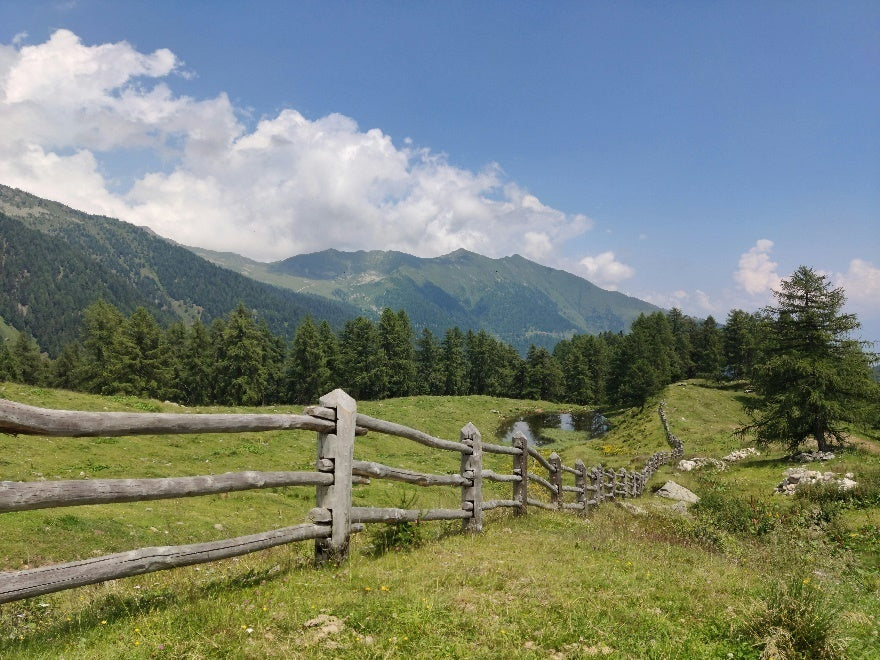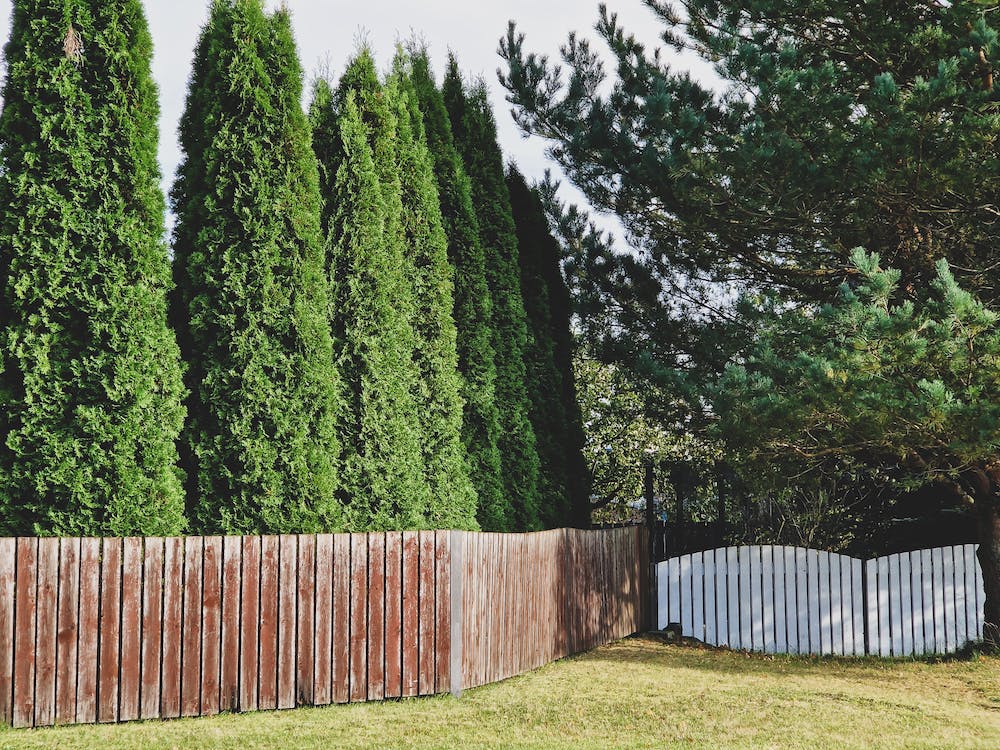
Top 10 Mistakes to Avoid When Growing Thuja Trees
Share
Thuja trees, also known as Thujaoccidentalis or Arborvitae, are popular choices for landscaping due to their evergreen foliage, easy maintenance, and versatility. Whether you're looking to buy Thuja trees online or already have them in your garden, proper care is essential for their growth and longevity. However, several common mistakes can hinder their development and health. In this blog, we'll discuss the top 10 mistakes to avoid when growing Thuja trees to ensure they thrive in your landscape.
1. Neglecting Proper Planting Techniques:
When buying Thuja trees online or from a nursery, it's crucial to ensure they are planted correctly. One common mistake is planting them too deep or too shallow. Improper planting depths can lead to root suffocation or exposure, affecting the tree's overall health and growth. Always follow recommended planting guidelines, including digging a hole twice as wide as the root ball and placing the tree at the appropriate depth.
2. Overwatering:
Thuja trees prefer well-drained soil and can suffer from root rot if overwatered. While they require regular watering, especially during their initial establishment phase, it's essential to avoid excessive moisture retention around the roots. Monitor soil moisture levels and adjust watering frequency accordingly, allowing the soil to dry out slightly between watering sessions.
3. Underestimating Sunlight Requirements:
Thuja trees thrive in full to partial sunlight conditions. Planting them in shaded areas or areas with insufficient sunlight can result in sparse growth and poor overall health. Before planting Thuja trees, assess the sunlight exposure in your landscape and choose a location that receives adequate sunlight throughout the day for optimal growth.
4. Ignoring Soil pH Levels:
Soil pH plays a crucial role in the growth and nutrient uptake of Thuja trees. These trees prefer slightly acidic to neutral soil conditions. Ignoring soil pH levels or planting Thuja trees in alkaline soil can lead to nutrient deficiencies and stunted growth. Test your soil pH and amend it if necessary to create an optimal growing environment for Thuja trees.

5. Failure to Prune Properly:
Pruning is essential for maintaining the shape, size, and overall health of Thuja trees. However, improper pruning techniques can damage the tree and inhibit its growth. Avoid over-pruning or pruning during the active growing season, as this can stress the tree and disrupt its growth patterns. Instead, prune Thuja trees during the dormant season to promote healthy growth and shape.
6. Neglecting Pest and Disease Management:
Thuja trees are susceptible to various pests and diseases, including bagworms, spider mites, and leaf spots. Neglecting pest and disease management can result in severe damage to the tree and even death in extreme cases. Monitor your Thuja trees regularly for signs of pest infestations or disease symptoms and take appropriate measures, such as insecticidal treatments or fungicides, to prevent and control infestations.
7. Overcrowding:
Planting Thuja trees too close together can lead to overcrowding, competition for resources, and poor growth. Proper spacing is essential to allow adequate airflow and sunlight penetration, promoting healthy development. When planting Thuja trees, follow spacing recommendations based on the specific variety you're growing to avoid overcrowding and ensure optimal growth conditions.
8. Neglecting Fertilization:
Proper fertilization is essential for Thuja trees to maintain healthy growth and vigor. However, neglecting fertilization or using the wrong type of fertilizer can lead to nutrient deficiencies or excesses, affecting the tree's overall health. Choose a balanced, slow-release fertilizer specifically formulated for evergreen trees and apply it according to the manufacturer's instructions to provide Thuja trees with the nutrients they need for optimal growth.

9. Failure to Mulch:
Mulching is beneficial for Thuja trees as it helps conserve soil moisture, suppresses weed growth, and insulates the soil against temperature fluctuations. However, failure to mulch or using improper mulching techniques can lead to moisture retention issues or damage to the tree's bark. Apply a 2- to 3-inch layer of organic mulch, such as shredded bark or wood chips, around the base of Thuja trees, leaving a small gap between the mulch and the trunk to prevent moisture accumulation and bark rot.
10. Improper Winter Protection:
While Thuja trees are hardy and can tolerate cold temperatures, young or newly planted trees may require winter protection to prevent damage from freezing temperatures and harsh winter conditions. Failure to provide adequate winter protection, such as wrapping the tree with burlap or installing windbreaks, can result in frost damage or desiccation. Take proactive measures to protect Thuja trees during the winter months, especially in regions with severe winters, to ensure their survival and health.

